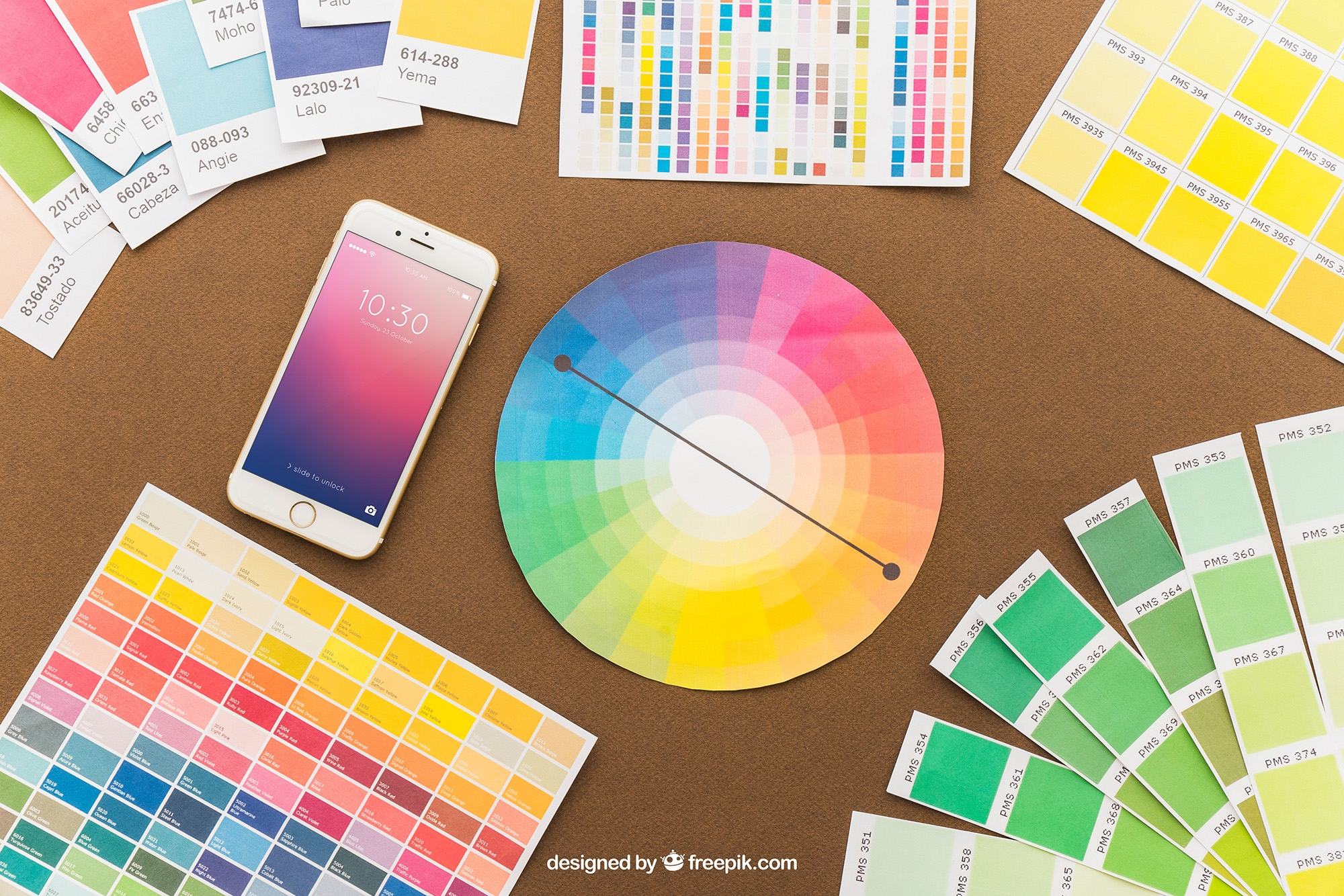
Test Heading H2
Test Heading H3
Test Heading H4
So you’ve understood the importance of choosing the right color scheme, delved into the psychology of colors, and considered accessibility. The next logical step is to actually select your website’s color scheme. With seemingly endless options, this can feel overwhelming. This chapter aims to guide you through the process, offering tips and introducing tools that can make your journey smoother.
Starting with a Base Color
Your base color is the dominant color that will be used across your website, and it usually aligns with your brand’s primary color. This color sets the tone for the rest of your palette. Make sure it aligns with the emotional impact and industry standards you aim for.
Building a Palette
Complementary Colors
Once you have a base color, you can start building a palette around it. Complementary colors are colors that, when combined, cancel each other out. They can add variety and interest to your design.
Analogous Colors
These are colors that sit next to each other on the color wheel. They create a harmonious look but may lack the dynamism that complementary colors bring.
Monochromatic Scheme
This involves using various shades, tones, or tints of a single color. It’s an easy way to create harmony but can feel monotonous if not executed well.
Tools to Make the Process Easier
Color Wheel Tools
Online color wheel tools can help you visualize how different colors relate to each other. They can also automatically generate complementary, analogous, or monochromatic color schemes based on a selected color.
Color Palette Generators
These tools can generate entire color schemes based on an image or a base color. They can be a great starting point for those unsure of where to begin.
Browser Extensions
Some browser extensions can identify and extract the color schemes of existing websites. This can be useful for gathering inspiration.
Validation and Fine-Tuning
Once you’ve created a potential color scheme, it’s important to validate it. This involves:
- Testing it against accessibility guidelines.
- Verifying that it aligns with your brand identity and the emotional response you aim to elicit.
- Soliciting feedback from stakeholders or target audience.
Conclusion
Choosing a color scheme involves more than just picking your favorite colors. It requires a balanced approach that takes into consideration the emotional impact, readability, and accessibility. With the right set of tools and a methodical approach, you can navigate the world of hues and shades to create a color scheme that truly resonates with your audience.








